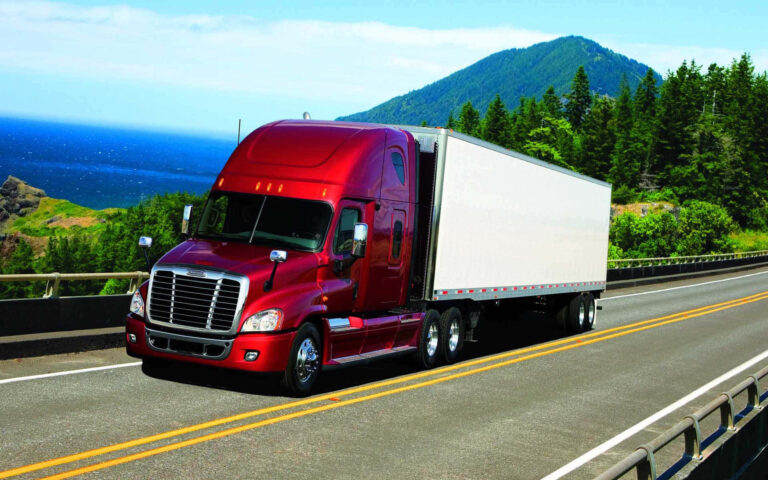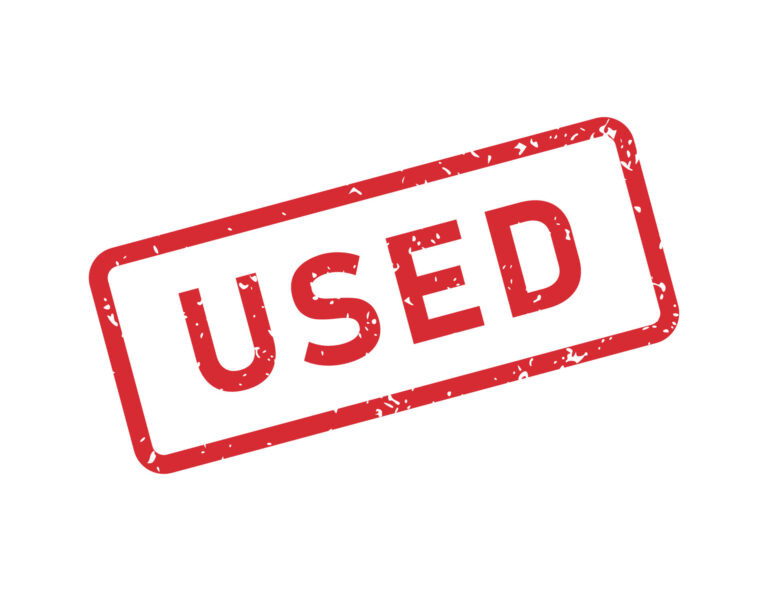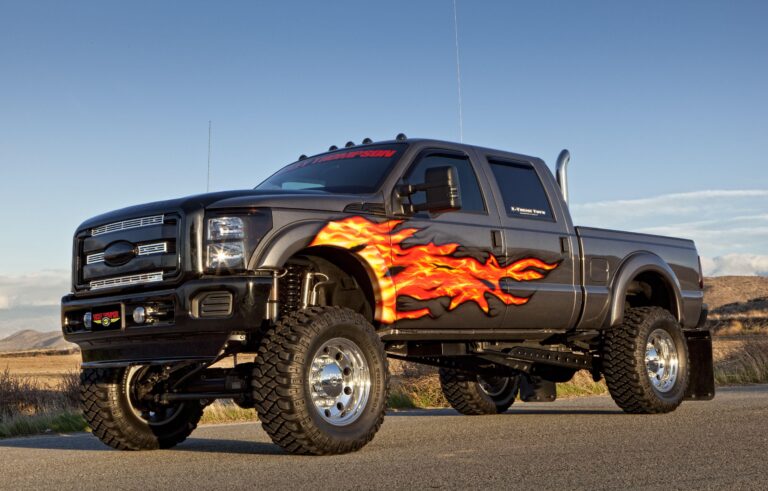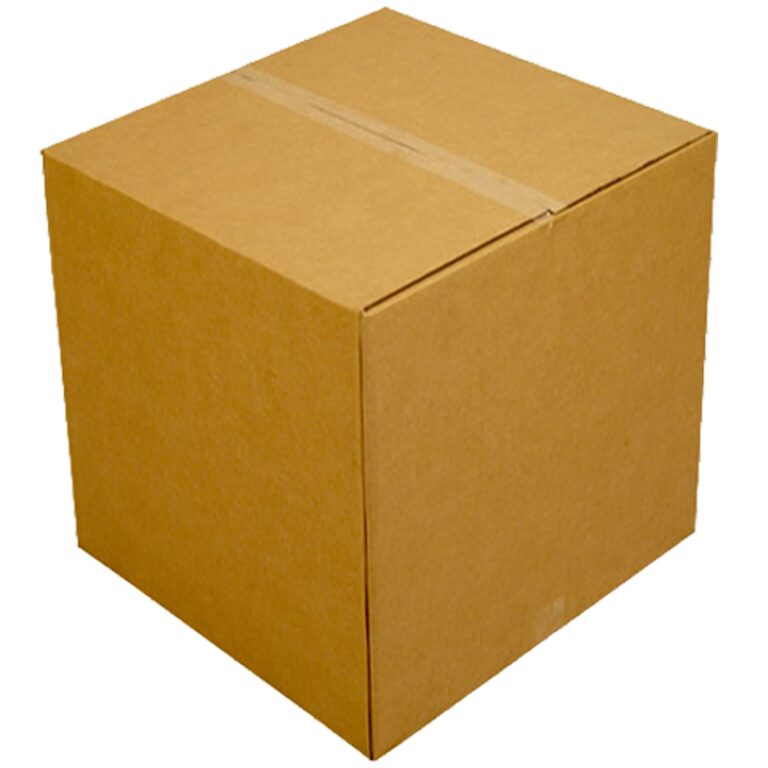Bale Bed Trucks For Sale: Your Ultimate Guide to Efficient Hay Handling
Bale Bed Trucks For Sale: Your Ultimate Guide to Efficient Hay Handling cars.truckstrend.com
In the demanding world of agriculture, efficiency and labor reduction are paramount. Farmers and ranchers are constantly seeking innovative solutions to streamline their operations, and few pieces of equipment deliver on this promise as effectively as the bale bed truck. More than just a vehicle, a bale bed truck is a specialized workhorse designed to revolutionize the way large hay bales are handled, transported, and distributed. For anyone involved in livestock or hay production, understanding the market for "Bale Bed Trucks For Sale" is not just about making a purchase; it’s about investing in productivity, safety, and the long-term sustainability of their farm. This comprehensive guide will delve into every facet of bale bed trucks, from their fundamental design to the critical considerations when searching for your next indispensable farm asset.
What Exactly is a Bale Bed Truck?
Bale Bed Trucks For Sale: Your Ultimate Guide to Efficient Hay Handling
At its core, a bale bed truck is a heavy-duty pickup or flatbed truck equipped with a specialized hydraulic system mounted on its bed. Unlike a standard flatbed that requires external machinery (like a tractor with a front-end loader) to load and unload bales, a bale bed truck is a self-sufficient unit. This integrated system typically consists of:
- A Robust Flatbed: Built to withstand the weight and forces involved in hauling large bales.
- Hydraulic Arms or Spears: These are the defining feature. They can be:
- Squeeze Arms: Designed to cradle and lift bales from the sides, ideal for round bales and minimizing damage.
- Spears/Spikes: Long, strong spikes that penetrate the center of the bale, often used for both round and large square bales. Some beds feature multiple spears.
- Combination Systems: Offer both squeeze and spear capabilities for maximum versatility.

- Hydraulic Pump and Reservoir: Powers the arms/spears, allowing for smooth, controlled movement.
- Control System: Typically located in the truck cab, allowing the operator to manipulate the arms/spears with joysticks or buttons. This can be wired or wireless.
- Headache Rack/Bale Guard: A sturdy structure at the front of the bed to protect the truck cab from shifting bales or accidental contact with the arms.
The primary function of a bale bed truck is to pick up large round or square bales from the field, transport them to storage, or distribute them for feeding, all with a single operator. This capability dramatically reduces the time, labor, and additional equipment traditionally required for hay management.
The Indispensable Benefits of Owning a Bale Bed Truck
The investment in a bale bed truck pays dividends in numerous ways, making it a highly sought-after piece of farm equipment.
- Unparalleled Efficiency and Time-Saving: The most significant advantage. A single operator can load, transport, and unload dozens of bales in a fraction of the time it would take with a tractor and trailer. This is particularly crucial during harvest season when every minute counts.
- Significant Labor Reduction: By automating the lifting and moving of heavy bales, bale bed trucks eliminate the need for multiple workers or a separate tractor operator. This translates directly into lower labor costs and less physical strain on farm personnel.
- Enhanced Safety: Manually handling large bales or operating separate loading equipment carries inherent risks. Bale bed trucks keep the operator safely in the cab, away from moving parts and falling bales, dramatically reducing the risk of accidents and injuries.
- Increased Versatility: While optimized for bales, the robust flatbed design means these trucks can also be used for hauling other farm supplies, equipment, or even livestock, adding to their utility beyond hay season. Some models feature rollers or spinners that allow for unrolling hay for feeding directly from the truck.
- Cost-Effectiveness in the Long Run: The initial investment might seem substantial, but the long-term savings on labor, fuel for multiple pieces of equipment, and reduced wear and tear on other machinery (like tractors used for loading) make bale bed trucks a wise financial decision for many operations. They also minimize bale damage, preserving the quality of your feed.
Key Considerations When Buying a Bale Bed Truck
Navigating the market for "Bale Bed Trucks For Sale" requires careful consideration of several factors to ensure you acquire the right machine for your specific needs.
Truck Chassis: The Foundation
- 2WD vs. 4WD: For operations on flat, dry terrain, 2WD might suffice. However, if you’re dealing with muddy fields, uneven pastures, or winter conditions, 4WD is almost essential for traction and maneuverability.
- Single vs. Dual Rear Wheels (Dually): Dual rear wheels provide greater stability and weight-carrying capacity, crucial for heavier bales and larger loads. Most bale bed trucks are built on dually chassis.
- Gas vs. Diesel Engine: Diesel engines typically offer more torque, better fuel efficiency under heavy loads, and a longer lifespan, making them the preferred choice for commercial or heavy-use applications. Gas engines might be more affordable upfront and for lighter, occasional use.
- Transmission: Automatic transmissions are common for ease of use, but manual transmissions can offer more control and potentially better fuel economy for experienced drivers.
- Gross Vehicle Weight Rating (GVWR): This is critical. Ensure the truck’s GVWR (and Gross Combined Weight Rating if towing a trailer) is sufficient for the weight of the truck, the bale bed itself, and the maximum number/weight of bales you intend to carry. Overloading is dangerous and illegal.
- Overall Condition: For used trucks, thoroughly inspect the frame for cracks or rust, check the engine for leaks or unusual noises, test the transmission, and examine the tires and brakes.
Bale Bed System: The Working End
- Type of Arms/Spears: Decide whether squeeze arms, spears, or a combination best suits the types of bales you handle (round, square, different sizes). Squeeze arms are gentler, while spears offer quick penetration.
- Hydraulic System Integrity: Inspect hoses, cylinders, and the pump for leaks or damage. Operate the hydraulics through their full range of motion to check for smooth operation and listen for abnormal sounds.
- Control System: Wired controls are robust, but wireless remotes offer greater freedom of movement around the truck during operation. Test the functionality of all controls.
- Bed Length and Width: Ensure the bed can comfortably accommodate the size and quantity of bales you typically transport.
- Rollers/Spinners: If you plan to unroll hay for feeding, look for a bed equipped with hydraulic rollers or a spinning mechanism.
- Lighting and Safety Features: Confirm all lights (tail, brake, turn signals) are working. Check for any missing safety guards or warning decals.
New vs. Used: Making the Choice
- New Bale Bed Trucks: Offer the latest technology, warranties, and customization options. They come at a premium price.
- Used Bale Bed Trucks: More affordable, but require more diligent inspection. The market offers a wide range of ages, conditions, and prices. A well-maintained used truck can provide excellent value.
Where to Find Bale Bed Trucks For Sale
The market for bale bed trucks is robust, with several avenues to explore:
- Online Marketplaces: Websites like TruckPaper.com, TractorHouse.com, MachineryTrader.com, and BigIron.com are dedicated to heavy equipment and frequently list bale bed trucks. General marketplaces like eBay, Craigslist, and Facebook Marketplace also have listings, often from private sellers.
- Farm Equipment Dealerships: Both new and used farm equipment dealerships often carry bale bed trucks, sometimes selling them as complete units or offering to install a new bed on a customer-supplied chassis.
- Agricultural Auctions: Live and online farm auctions can be excellent places to find deals, though "as-is" sales mean thorough inspection is crucial.
- Direct from Manufacturers: Companies specializing in bale beds (e.g., Hydra-Bed, DewEze, C5 Manufacturing) may sell directly or through a network of authorized dealers.
- Local Classifieds and Word-of-Mouth: In rural communities, checking local classifieds or simply asking around can sometimes unearth hidden gems from farmers looking to upgrade.
Tips for a Successful Purchase
Once you’ve identified potential candidates, follow these tips to ensure a wise investment:
- Thorough Physical Inspection: Don’t just look at photos. Inspect the truck and bale bed in person. Check for rust, damage, worn tires, and fluid leaks.
- Test Drive: Drive the truck both empty and, if possible, with a simulated load. Pay attention to engine performance, transmission shifts, braking, and steering.
- Hydraulic System Check: Operate the bale bed through all its functions. Lift and lower the arms/spears, extend and retract them. Listen for unusual noises, check for smooth operation, and look for any hydraulic fluid leaks.
- Review Maintenance Records: If buying used, ask for maintenance history. This can reveal a lot about how well the previous owner cared for the vehicle.
- Consider a Professional Inspection: For significant investments, hire a qualified mechanic or hydraulic specialist to perform a pre-purchase inspection.
- Negotiate: Most prices, especially for used equipment, are negotiable. Do your research on comparable models to establish a fair price range.
- Clear Paperwork: Ensure you receive a clear title, bill of sale, and any necessary transfer documents.
- Plan for Transportation: If buying from a distance, factor in the cost and logistics of transporting the truck to your farm.
Potential Challenges & Solutions
Even with careful planning, challenges can arise when purchasing a bale bed truck.
- Finding the Right Fit: With so many options, it can be overwhelming.
- Solution: Clearly define your needs: bale size, quantity, terrain, budget, new vs. used preference, and desired features before you start looking.
- Budget Constraints: New trucks can be very expensive.
- Solution: Explore the used market, consider slightly older models, or look into financing options. Sometimes, a slightly older, well-maintained truck offers better value than a new one for similar work.
- Mechanical Issues (Used Trucks): Used equipment inherently carries a risk of hidden problems.
- Solution: Emphasize the pre-purchase inspection. Set aside a contingency budget for potential repairs in the first few months of ownership.
- Transportation Logistics: Moving a large truck can be complicated.
- Solution: Get quotes from professional heavy haulers, or ensure you have the appropriate CDL and equipment if you plan to retrieve it yourself.
- Post-Purchase Maintenance: Like any specialized machinery, bale bed trucks require ongoing care.
- Solution: Familiarize yourself with the owner’s manual. Regularly check hydraulic fluid levels, grease all pivot points, inspect hoses, and keep the electrical connections clean and secure.
Estimated Price Range Guide for Bale Bed Trucks
Prices for bale bed trucks vary significantly based on the truck’s make, model, year, mileage, condition, the bale bed manufacturer, and its features. The table below provides a general guide. These are estimates and actual prices will fluctuate with market demand and regional differences.
| Category | Truck Type / Condition | Bale Bed Type / Features | Estimated Price Range (USD) |
|---|---|---|---|
| Entry-Level Used | Older (15+ years), high mileage, visible wear | Basic spears or older squeeze, wired controls | $10,000 – $25,000 |
| Mid-Range Used | Mid-age (7-15 years), moderate mileage, good condition | Modern spears or squeeze, some features, wired/wireless | $25,000 – $50,000 |
| Premium Used | Newer (3-7 years), lower mileage, excellent condition | Advanced squeeze/combination, wireless controls, rollers | $50,000 – $80,000+ |
| New (Basic) | New chassis, entry-level bale bed | Standard spears or squeeze, basic features | $80,000 – $120,000 |
| New (Premium) | New heavy-duty chassis, high-end bale bed | Advanced combination, full features, custom options | $120,000 – $180,000+ |
Note: These ranges are for a complete truck with an installed bale bed. Prices can vary widely.
Frequently Asked Questions (FAQ)
Q1: What’s the main difference between a bale bed and a regular flatbed?
A1: A regular flatbed is just a flat surface for hauling. A bale bed integrates a hydraulic system (arms or spears) directly onto the bed, allowing it to self-load, transport, and unload large hay bales without external equipment.
Q2: Can I install a bale bed on my existing truck?
A2: Yes, many bale bed manufacturers sell the beds separately, which can be installed on a suitable truck chassis. The truck must be a heavy-duty pickup (typically 1-ton or larger, often a dually) with sufficient GVWR and a strong frame to handle the weight and forces. Professional installation is highly recommended.
Q3: What kind of maintenance do bale beds require?
A3: Regular maintenance includes checking and topping off hydraulic fluid, inspecting hydraulic hoses for leaks or wear, greasing all pivot points, checking electrical connections, and ensuring all lights are functional. The truck chassis itself requires standard vehicle maintenance.
Q4: How much weight can a bale bed truck carry?
A4: The maximum weight a bale bed truck can carry depends on the truck’s Gross Vehicle Weight Rating (GVWR) and the weight of the truck and bale bed itself. It’s crucial not to exceed the manufacturer’s specified GVWR for safety and legal compliance. A typical 1-ton dually can often handle 3-6 large round bales, depending on bale density and size.
Q5: Are wireless controls for bale beds reliable?
A5: Modern wireless control systems are generally very reliable and offer great convenience, allowing the operator to stand outside the cab for a better view during delicate maneuvers. However, like any electronic system, they can be susceptible to interference or battery issues, so it’s wise to ensure a wired backup is available or to carry spare batteries.
Q6: Is it worth buying a new or used bale bed truck?
A6: The decision depends on your budget, anticipated usage, and risk tolerance. New trucks offer warranties and the latest features but come at a higher cost. Used trucks are more affordable but require more thorough inspection and may incur repair costs. For many operations, a well-maintained used bale bed truck offers excellent value.
Conclusion
Bale bed trucks are more than just a convenience; they are a transformative asset for any farming or ranching operation that deals with large quantities of hay. By dramatically improving efficiency, reducing labor, and enhancing safety, they quickly become an indispensable part of the workflow. When considering "Bale Bed Trucks For Sale," a diligent approach – involving thorough research, careful inspection, and a clear understanding of your specific needs – will ensure you make an investment that pays dividends for years to come. Whether new or used, the right bale bed truck can empower you to manage your hay with unprecedented ease, allowing you to focus on the myriad of other demands that come with cultivating the land.





